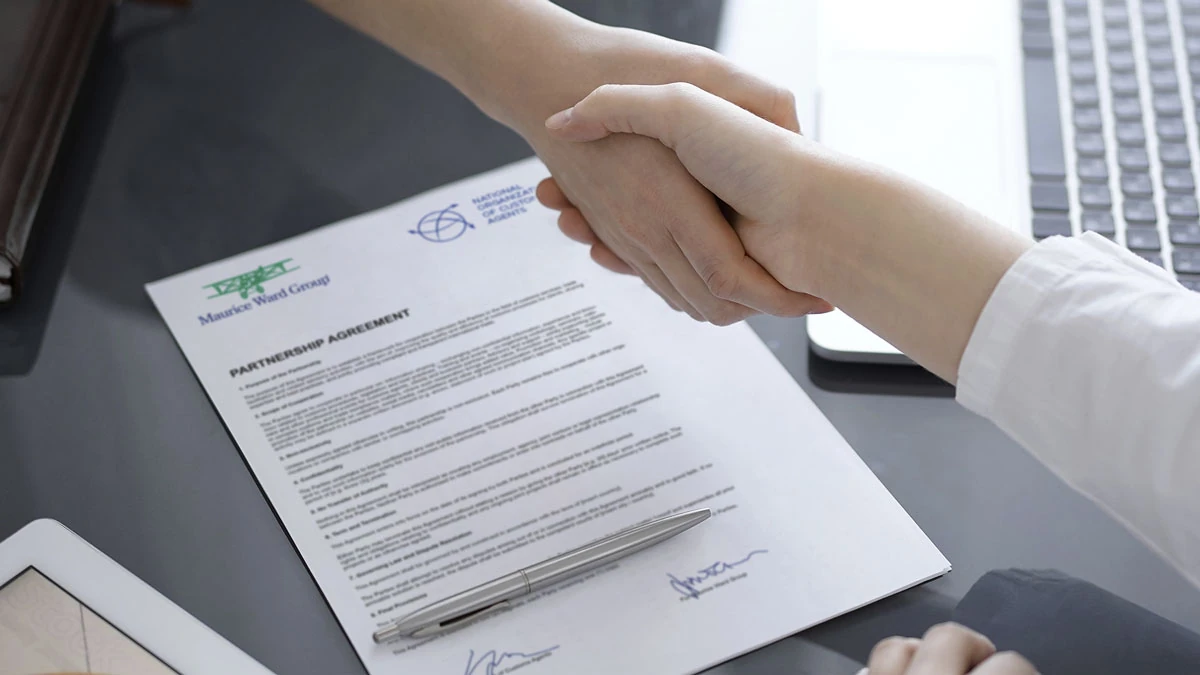New Step into Excellence: MW Bulgaria as a proud member of NOMA
Maurice Ward Bulgaria is proud to get the acceptance as a regular member for National Association of Customs Agents (NOMA). This step marks another improvement for our company as we continue to build strong industry partnerships and strengthen our commitment to excellence in customs representation.




